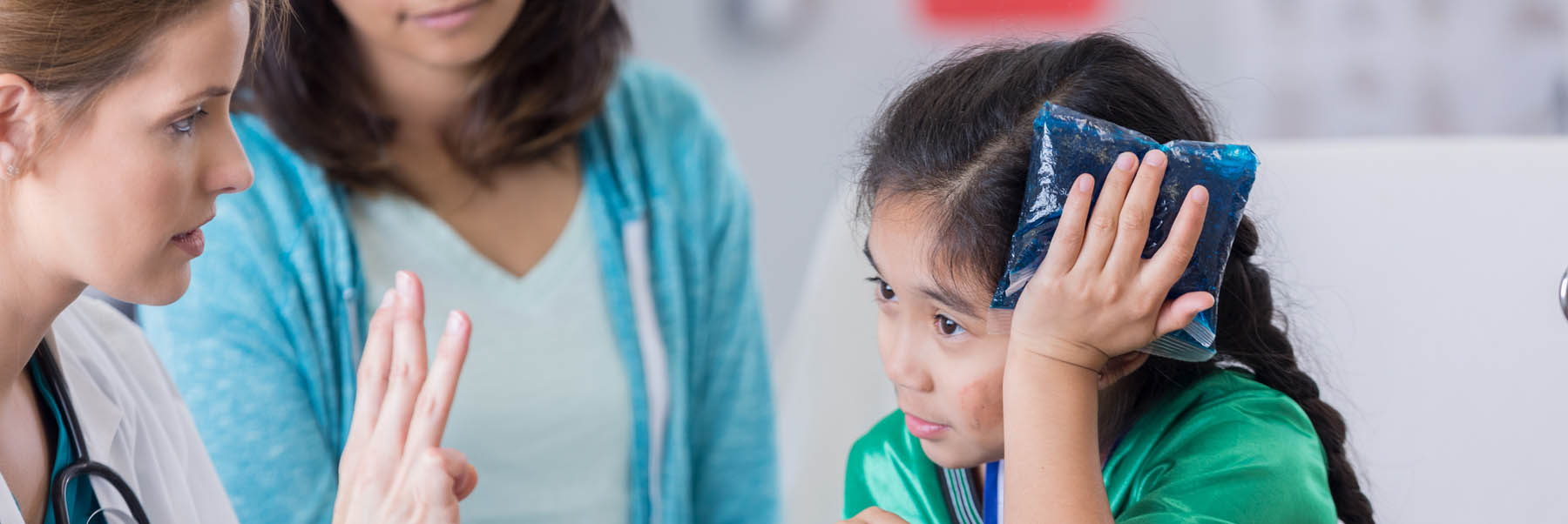News You Need: The CDC Has a New Kids Concussion Guideline

More than half a million children visiting the ER for traumatic brain injury – including concussion – every year.
After a systemic review, the CDC has released a set of 19 kids concussion guidelines with recommendations to help doctors better serve their patients.
The guidelines cover diagnosis, prognosis, management and treatment of mild traumatic brain injury (mTBI), and is written for use by health care providers in inpatient, outpatient, primary and emergency settings.
“This is the first set of evidence-based guidelines that the U.S. has put together, and it really goes through the best practices, evidence, and research that has accumulated over the last 25 years,” says Dr. Gillian Hotz, director of the concussion program at the University of Miami Sports Medicine Institute, part of the University of Miami Health System. “We now have a standard set of information and knowledge that we can give to the parent who can then pass it on to everybody around that child, be it the pediatrician, school administration, or coaches in leagues.”
Wait. I don’t need a scan?
There are some surprises in the kids concussion guidelines from the CDC. For instance, neuroimaging (e.g. MRI, CT) is not necessary for diagnosing mild concussions. Specifically, they say that MRI, SPECT and skull X-rays should not be used and that CT scans should only be used when there is a more severe brain injury.
Signs and symptoms of a mTBI in your child may include:
- A blank stare
- Dizziness
- Nausea
- Headache
- Difficulty getting up
- Trouble doing homework
Doctors should tell parents their patients that getting too much rest can hinder healing, according to the guidelines. One to three days of complete rest followed by a gradual return to normal daily activities is optimal. Of course, every child is different and so is their injury, so they recommend that physicians should tailor treatment plans to each patient.
Doctor’s notes
In conjunction with the new guideline, the CDC created several handouts that they can provide for their patients. These include instructions on how to help your child in their recovery including how to manage their symptoms and signs that they may have a more serious brain injury. For instance, you should call 911 if your child:
- becomes confused or agitated,
- has slurred speech,
- is extremely drowsy or can’t wake up,
- has seizures, or
- is vomiting repeatedly
On their website, the CDC provides a note you can ask your physician to fill out so you can give it to your child’s school. In some cases, an accommodation forms is used so that your child is able to receive modifications for class work, if needed, as they recover. The UConcussion program adheres to a specific protocol and has trained all the high school athletic trainers and directors on this concussion protocol.
For more information, visit www.Uconcussion.com.
Natasha Bright is a contributing writer for UMiami Health News.
Tags: CDC mTBI guideline, concussion, Dr. Gillian Hotz, mild traumatic brain injury, UConcussion Program
